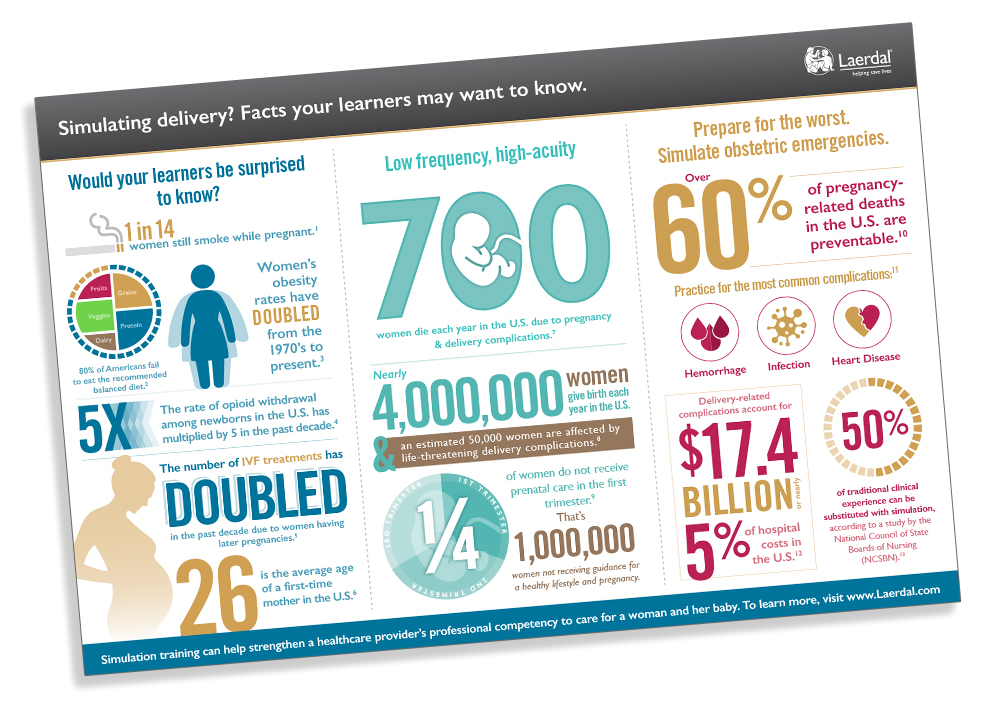There’s no denying that women have gained a sense of independence that didn’t exist in the past – not even thirty years ago. Women are pursuing careers that were typically perceived as “men’s jobs”, and they are prioritizing their ambitions differently. Do we take this for granted, though, especially when it comes to setting the stage for a learning prior to engaging in a difficult birth scenario?
Women are now having babies later than they have historically. The average age of a mother at the time of her first birth is 26 years old.1 To compare, in 1970 first-time mothers were 21 years old.2 And, the number of women having their first child after they turn 35 years old is also increasing, leading to an uptick in fertility treatments.3



